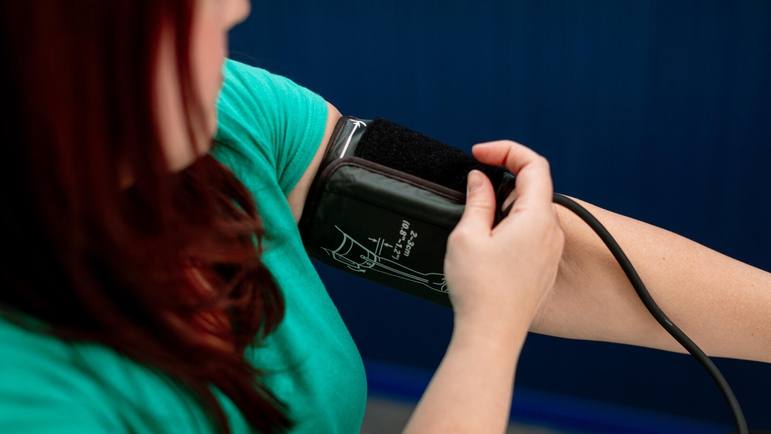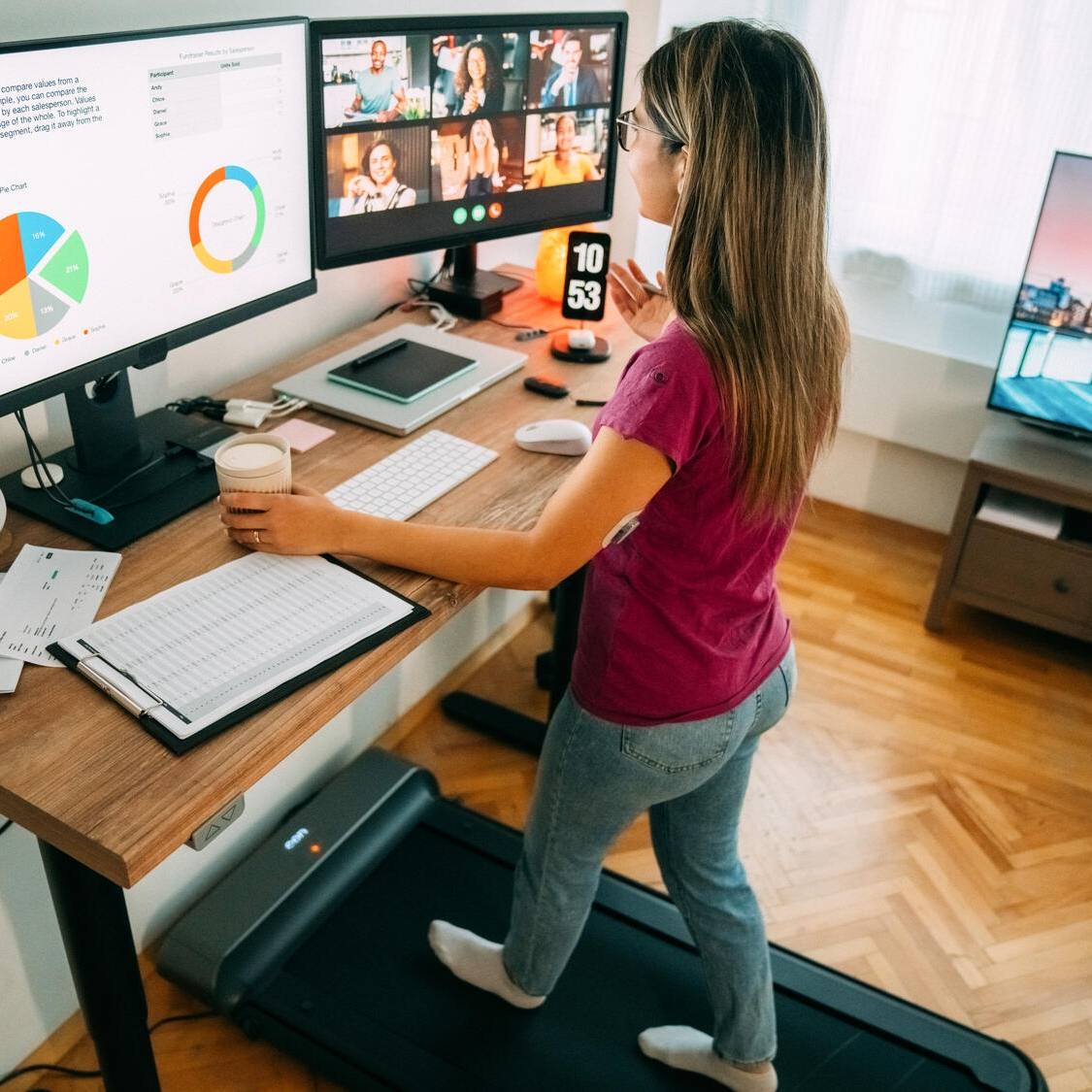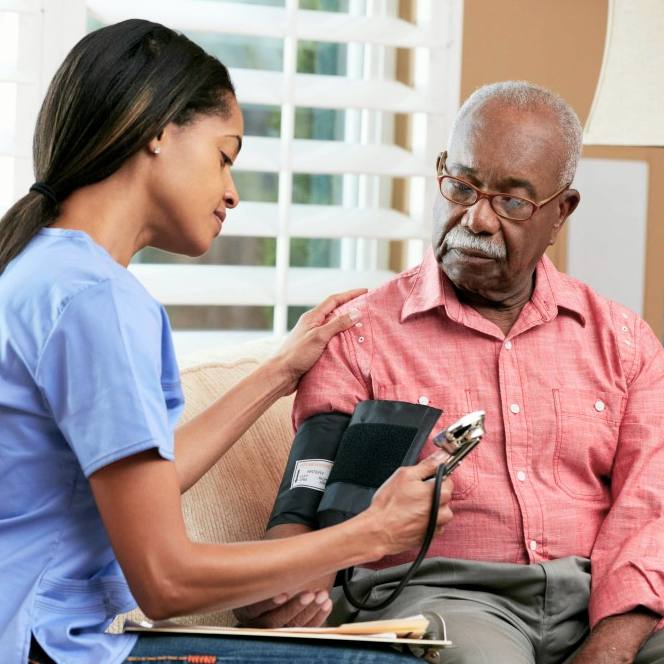-
Cardiovascular
Consumer Health: Monitoring your blood pressure at home

If you've been diagnosed with high blood pressure, you're in good company. Nearly half of the adults in the U.S. have high blood pressure, and many don't even know they have it, according to the American Heart Association.
Your health care provider likely has provided information about the dangers of high blood pressure and lifestyle changes you can make to control it. And if lifestyle changes aren't enough, your health care provider may recommend medication to lower your blood pressure.
Checking your blood pressure at home also is an important part of managing high blood pressure. Checking your blood pressure regularly allows you to verify if your blood pressure treatment is working and document worsening high blood pressure. Blood pressure monitors are available widely and without a prescription, so home monitoring is an easy step toward improving your condition.
Before you start a home blood pressure monitoring program, though, it's important to know the correct technique.
These two videos can help:
Connect with others talking about managing high blood pressure and living well in the Heart & Blood Health support group on Mayo Clinic Connect, an online patient community moderated by Mayo Clinic.







